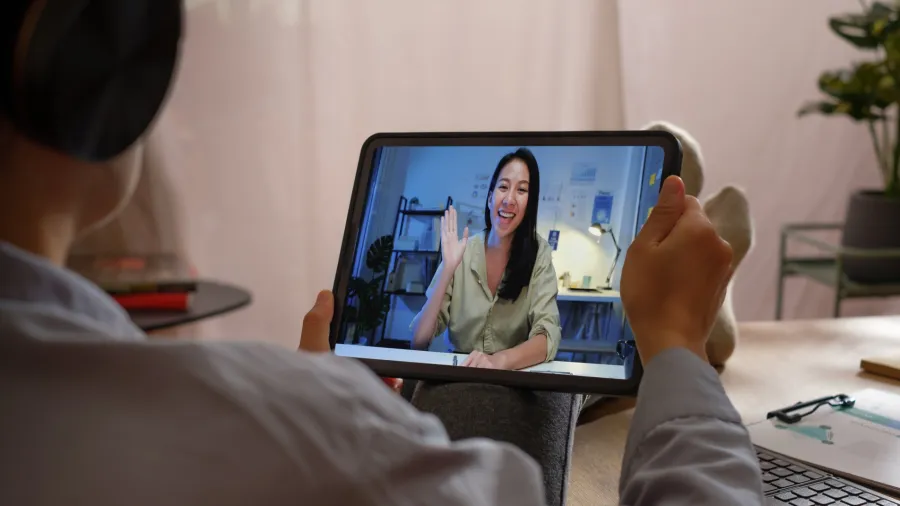
How can emerging markets speed up telehealth adoption?
Regulations create barriers for rapid market penetration.
Telehealth companies face barriers in emerging markets, where limited digital infrastructure, high costs, and low digital literacy levels hinder people from shifting to home-based healthcare, according to market intelligence firm BMI.
“Additionally, regulatory frameworks in these regions might be less mature or slower to adapt to technological advances, potentially creating barriers for rapid market penetration,” it said in an April report.
In contrast, the uptake will be more positive in developed markets such as Australia, the United Arab Emirates, the US, and France, where digital infrastructure such as mobile broadband, robust telemedicine frameworks, and the integration of at-home digital solutions are being implemented, BMI said.
“However, with targeted investments and strategic public-private partnerships, emerging markets still hold significant potential for transformation—albeit on a more gradual timeline,” it added.
The global telehealth and telemedicine market is expected to grow 11.5% annually to $180.9b by 2030 from 2024 due to an ageing population and the rise in chronic diseases, according to a Markets and Markets report.
Beyond consultations, telehealth is also used for chronic disease management, diagnostics, post-surgical rehabilitation, and remote patient monitoring.
In Australia, the government recently launched a virtual healthcare service in Western and Far West New South Wales, letting patients consult with a team of clinicians via video conferencing.
Meanwhile, a hospital in Saudi Arabia introduced a virtual pathology service that allows remote diagnosis of cancer, infections, and inflammatory diseases, as well as real-time collaboration with overseas specialists for second opinions.
However, countries like India face an underdeveloped rural healthcare infrastructure, making it difficult to provide coverage across all regions, according to CareEdge Ratings.
“Developing countries allocate a smaller portion of their GDP (gross domestic product) to healthcare, resulting in gaps in the quality of service and infrastructure,” it said.
Meanwhile, most digital health technologies are artificial intelligence-based and must meet new standards to ensure their results are accurate.
“Platforms capturing sensitive real‑time data through sensors and advanced biometric patches face rigorous requirements on data security, patient safety, and clinical accuracy,” BMI pointed out.
“This may increase compliance costs and potentially lead to delays in product launches,” it added.
Questions to ponder:
- How can governments and the private sector work together to ensure regulations don’t inhibit the growth of the telehealth industry?
- In what ways can digital literacy be boosted to encourage the adoption of at-home healthcare technologies
- What are the risks if countries fall too far behind in adopting telehealth solutions?

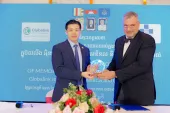

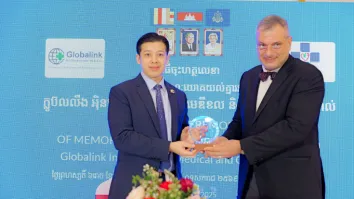
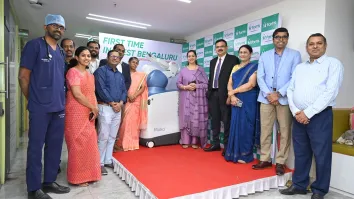






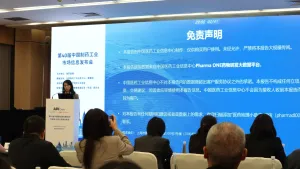
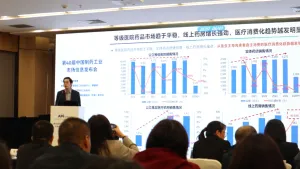
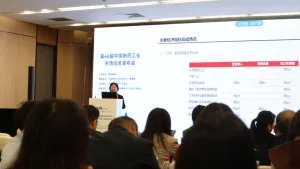
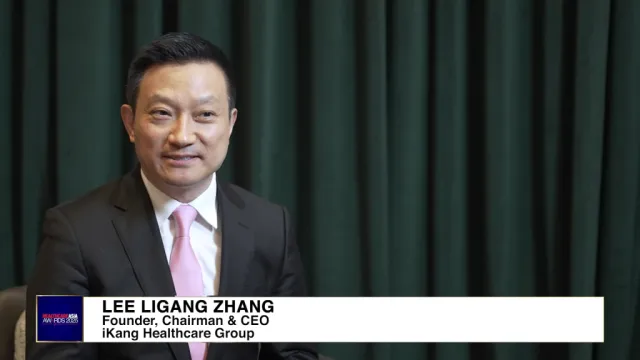




 Advertise
Advertise






